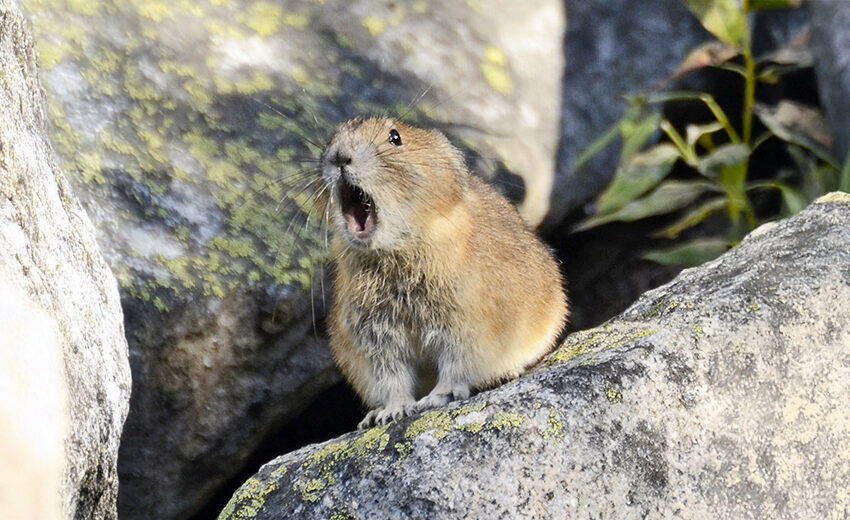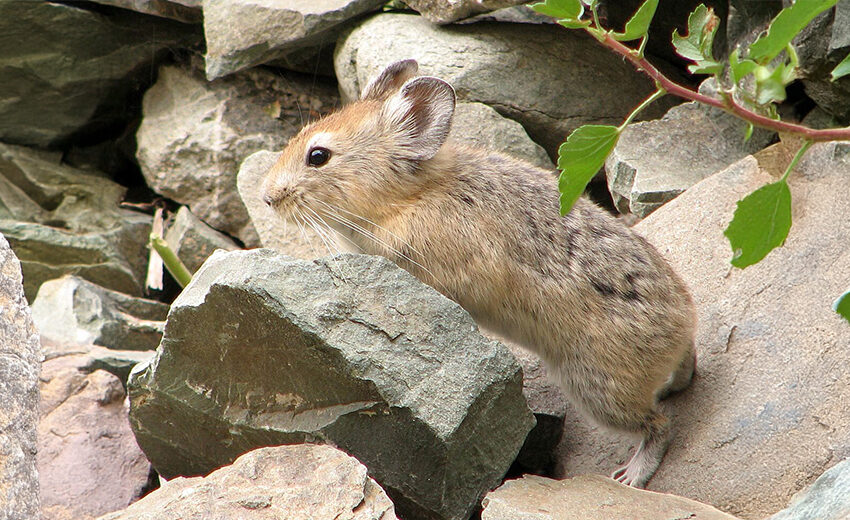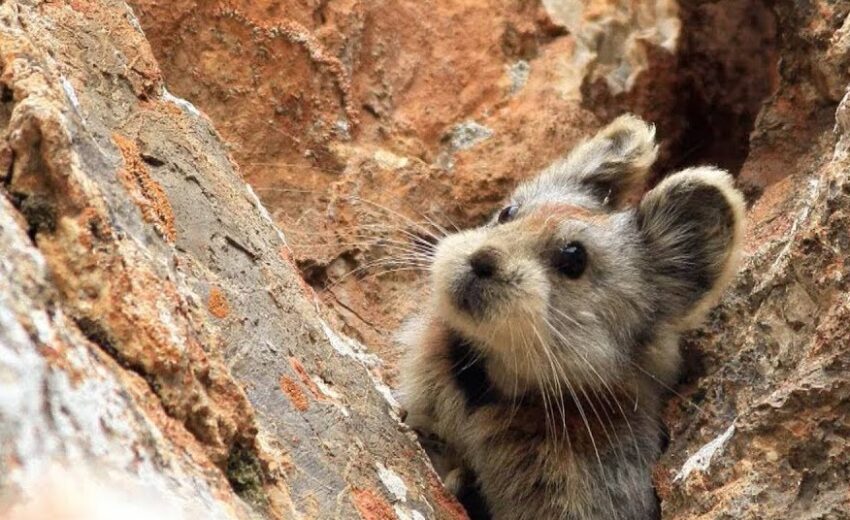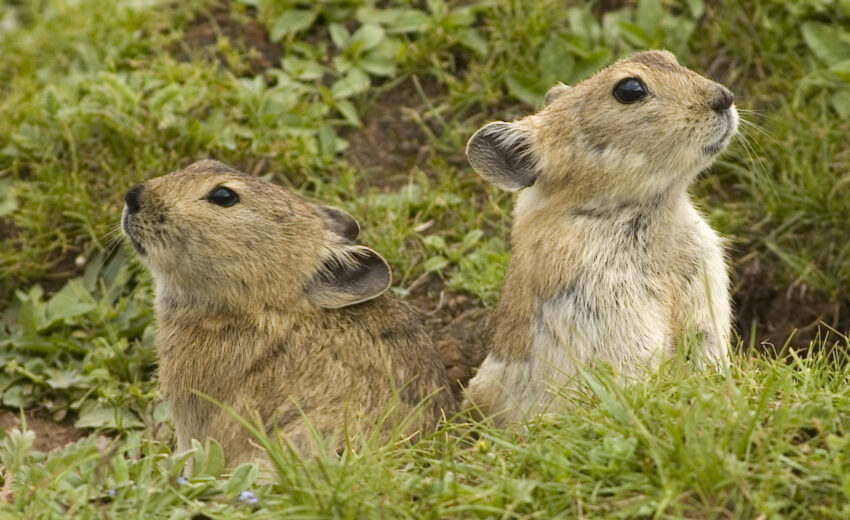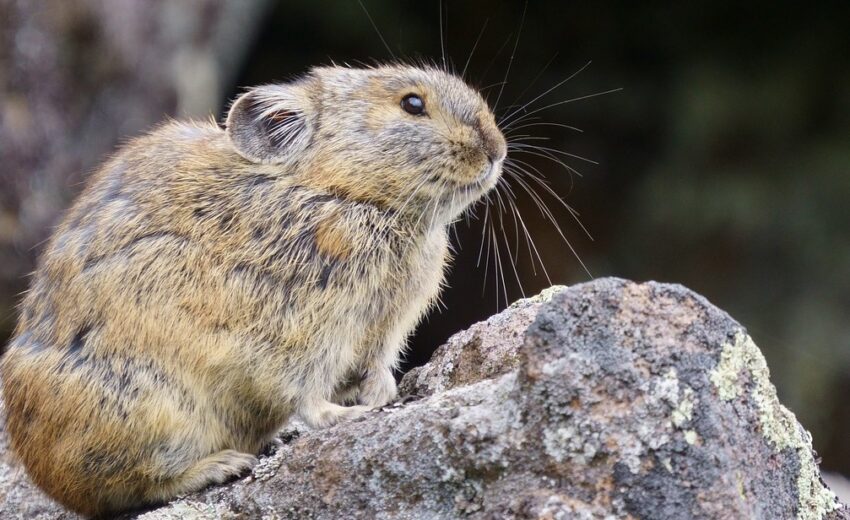Scattered throughout western Canada and the United States the American pika, aka little Chief hare, is a species of lagomorph. They may look like rodents, but they are more closely related to rabbits, cottontails, and hares. These little critters prefer rocky, high-elevation habitats,
- Zoology
- Daily Critter Facts
- For Teachers
- Study Guides
- Diseases & Parasites
- Contact

